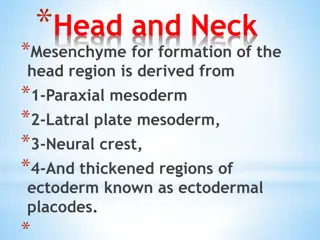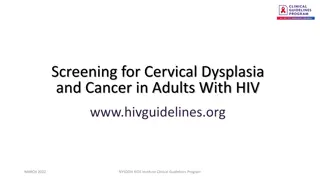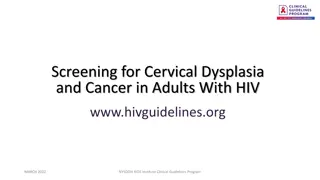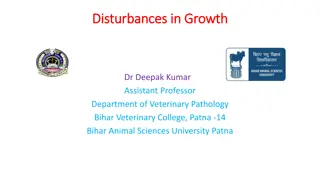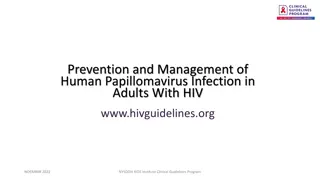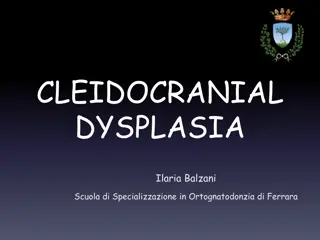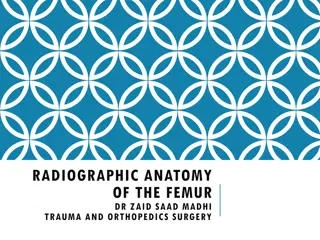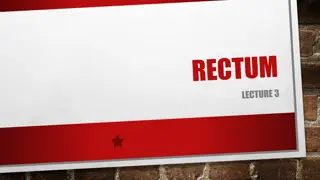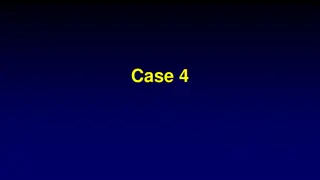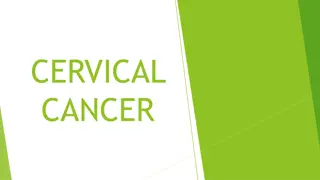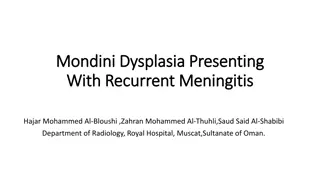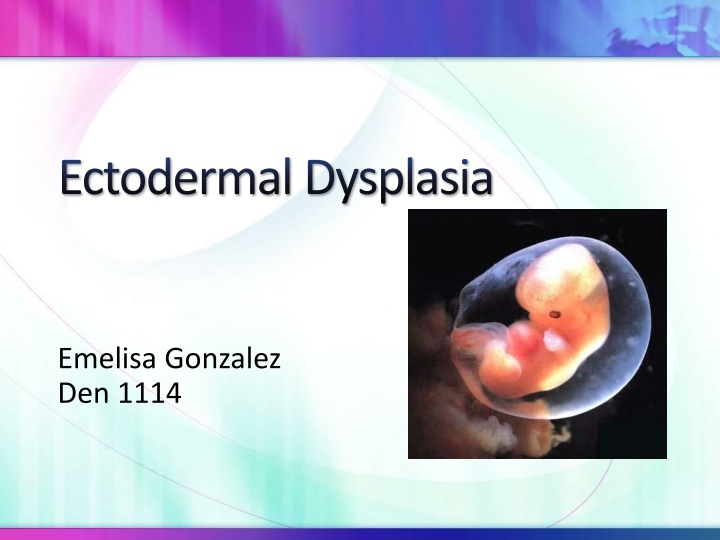
Ectodermal Dysplasia and Dental Treatments
Discover the complexities of Ectodermal Dysplasia, a hereditary syndrome affecting teeth, skin, hair, nails, and more. Learn about the dental implications, treatment options, and the role of dental hygienists in identifying and managing this condition.
Download Presentation

Please find below an Image/Link to download the presentation.
The content on the website is provided AS IS for your information and personal use only. It may not be sold, licensed, or shared on other websites without obtaining consent from the author. If you encounter any issues during the download, it is possible that the publisher has removed the file from their server.
You are allowed to download the files provided on this website for personal or commercial use, subject to the condition that they are used lawfully. All files are the property of their respective owners.
The content on the website is provided AS IS for your information and personal use only. It may not be sold, licensed, or shared on other websites without obtaining consent from the author.
E N D
Presentation Transcript
Ectodermal Dysplasia Emelisa Gonzalez Den 1114
What is Ectodermal dysplasia? In the critical period of prenatal development, a disturbance occurs and can develop to a congenital malformation. It is a hereditary syndrome from an abnormal development of one and more structures from the ectoderm.
What does it effect? It can effect the abnormalities of the teeth, skin, hair, nails, eye, facial structures and glands.
Dental Association Since the teeth are produced by ectoderm, there may be partial or complete ANODONTIA. (Absent of teeth)
Dental Treatments Options Partial or full denture Advantage: esthetic purpose & function Disadvantage: dentures need to be remade periodically because the jaw continues to grow. Implants may be considered when the jaw growth stops.
Role of the Dental Hygienist To assist in identifying & diagnosing this condition. To offer the best treatment option available for the patient.



